‘We’re looking for a lifeline;’ Nevada’s only Native youth shelter at risk of closing
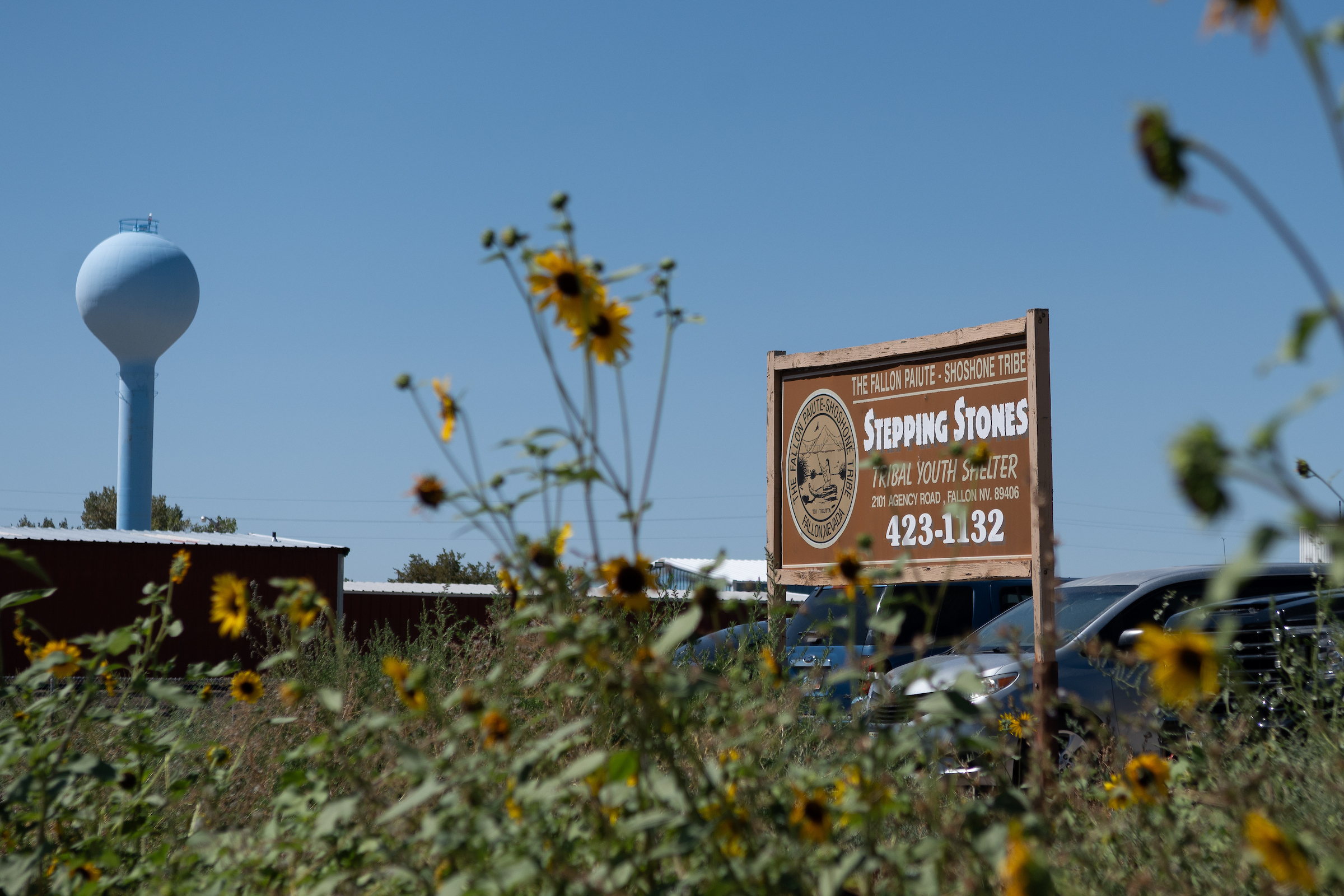
When a child at Nevada's only shelter for Native American youth found out that she would have to leave because the facility would soon close, the young girl’s reaction broke Yvonne Mori's heart.
The 13-year-old came to Mori, the director of the Stepping Stones Emergency Youth Shelter but “Mama Bear” to its residents, and asked if she could give the money her tribe had set aside to support her to keep the shelter open.
“‘I'll give you all of that money so you can save our home,’” Mori recounted. “She goes, ‘This is the only place that I feel safe.’” It was the girl’s fifth time staying at the shelter.
But Mori said she didn’t have a choice, she didn’t have the staff to safely keep the facility open.
“I had to have four children removed, and now we're just waiting,” Mori told The Nevada Independent during an early August tour of the facility. “I've had phone calls in the last month from tribes trying to place children here, and I have to tell them, unfortunately, I can't take any kids until we get funding.”
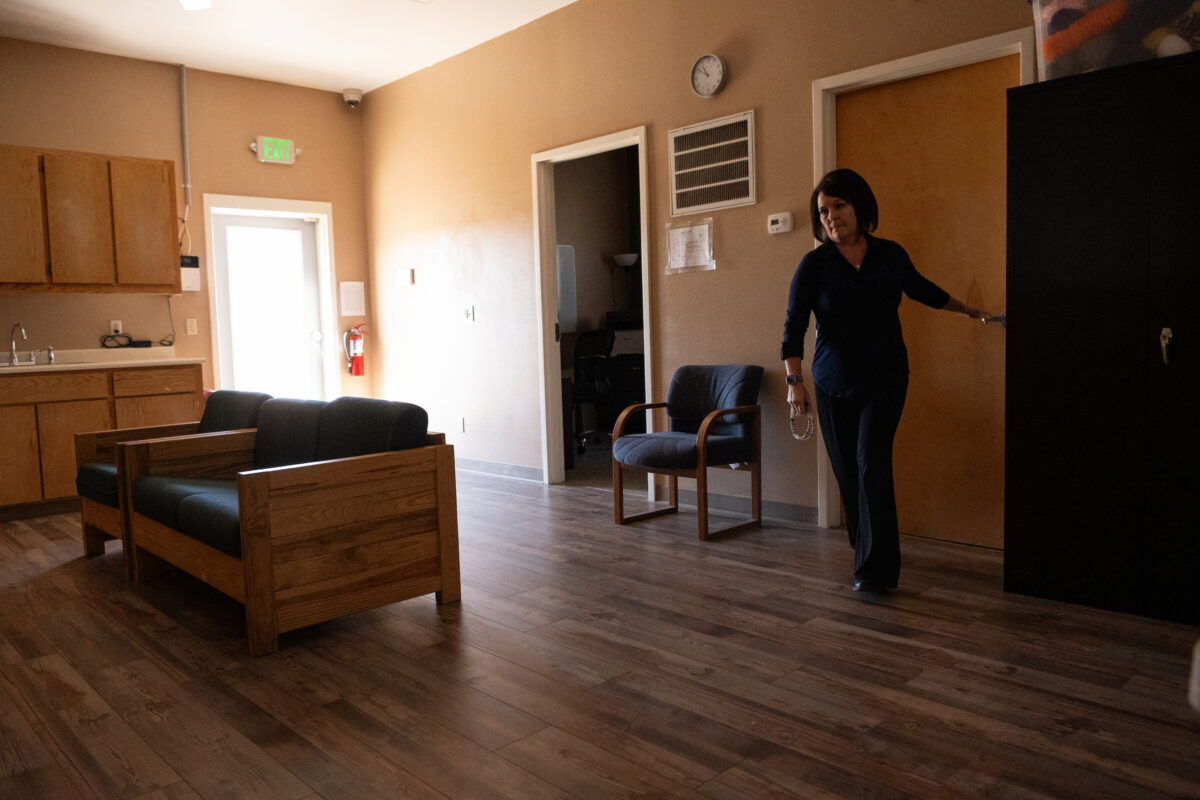
Owned and operated by the Fallon Paiute-Shoshone Tribe since 1992, the Stepping Stones Emergency Youth Shelter is one of the country’s few facilities exclusively serving at-risk tribal children ages four to 18, many of whom are in and out of the foster care system.
But the 10-bed facility about 20 miles outside of Fallon is officially scheduled to shutter in mid-September amid an issue with federal funding and what the tribe has described as a “surprising policy change.”
After the children left, she and other staff members packed bedding and other essentials into cupboards, put crafting supplies onto shelves and closed the fallboard over the keys of an upright piano. The usually bustling building, once filled with the noises of children waking up, getting ready for school and spending time together, is now silent.
“We’re putting dollar amounts on human lives and children's lives, who are the most vulnerable,” Stepping Stones case manager Cara Clabaugh said in an interview, noting that it’s frustrating to see bureaucracy prevent children from getting the care they need.
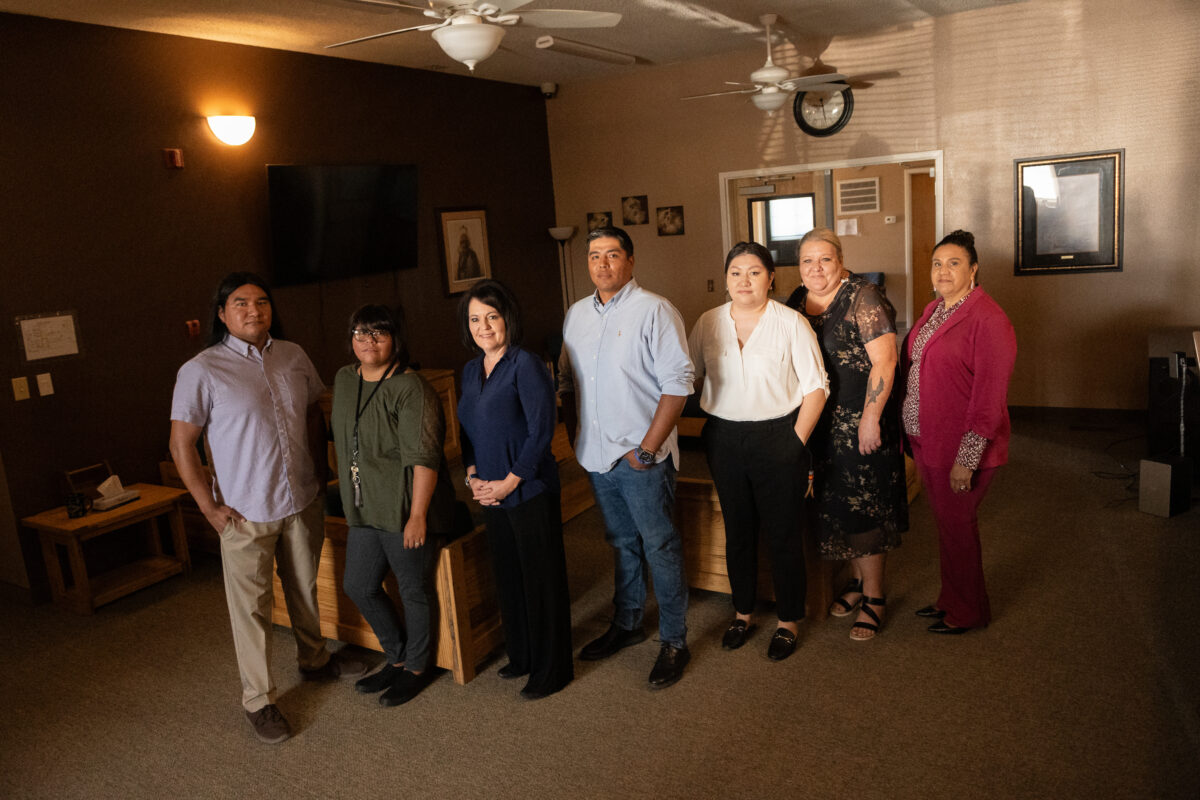
Leaders of the Fallon Shoshone-Paiute Tribe, which has about 1,700 members, said the federal Bureau of Indian Affairs (BIA) cut off the shelter's main funding source last year after the agency determined that it could no longer be used to directly support staffing or other operational costs.
In the 32 years since it was founded, the 24-hour shelter has hosted more than 1,000 Native American children, many of whom have had to return for repeat stays, Mori said. The shelter typically serves children belonging to tribal communities in Northern Nevada, but some come from as far away as Southern Nevada or neighboring states such as Idaho and California.
Now, tribal leaders and other members of the community worry that its permanent closure will lead to children being returned to inappropriate family settings, potentially putting them in life-threatening danger or placement in out-of-state shelters far away from their homes and culturally familiar settings.
“A lot of these kids come from reservations, and they come here to come to another reservation. They're not going to a city where it's just lined with concrete and buildings,” Fallon Paiute-Shoshone Tribe Vice Chairman Andrew Hicks said. “They can step out and see 80 acres of fields. It's just what they're used to. It just feels like their home.”
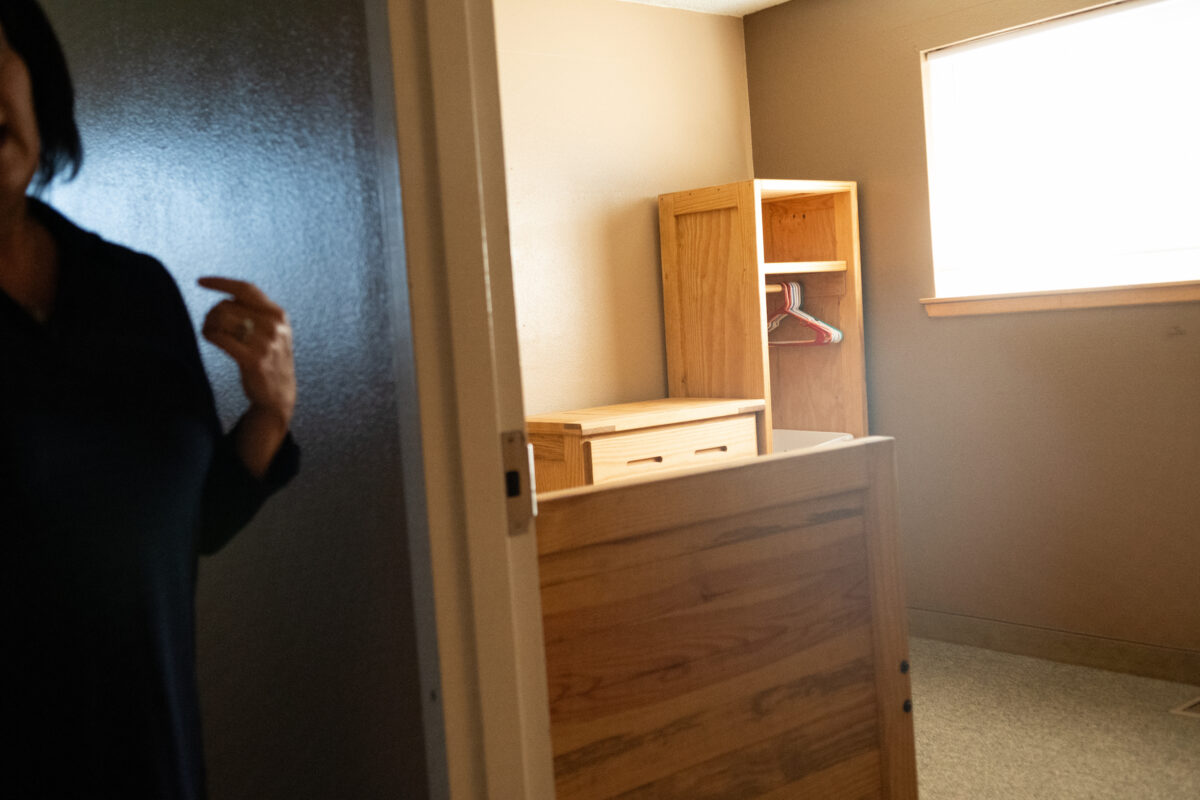
What happened?
The shelter is primarily supported by two main buckets of funding: administrative funds and welfare assistance grant funding from the BIA. In 2019, the BIA requested the shelter separate its accounting for administrative and welfare assistance funding.
When tribal leaders informed the agency that this would be an issue because all funding was used to support the emergency youth shelter, the BIA indicated there could be a compliance issue, as welfare assistance grant funding is legally restricted from being used for operational costs — a practice that had been in place at the shelter for more than 30 years.
The BIA pointed to federal law stipulating that child welfare assistance funds could pay for room and board at residential care facilities licensed by the tribe or state, adoption or guardianship subsidies, short-term homemaker services and temporary foster care.
The tribe responded that it operated a residential care facility, and all the funding was used to support the children, similar to how guardianship and temporary foster care placement subsidies are used.
Two years later, on July 10, 2021, bureau officials informed the tribe that the welfare assistance grant funding could only be used to pay for room and board, not for staff salaries or other operational expenses, and not for administrative functions. In total, the operating budget for the shelter is roughly $600,000 a year.
“As [BIA officials] were always aware of our scope of work as a care facility, our assumption was that they were acting as the social services agency,” Mori said. “But they denied this and said that we were to act as the social services agency, not a shelter.”
Documentation reviewed by The Nevada Independent shows the agency then placed the welfare assistance funding on hold and required the tribe to submit a corrective action plan showing how it would comply with the rule to continue receiving funding. The shelter received a one-time award from the BIA of nearly $400,000 that could be used for administrative costs while the plan was developed.
Mori said the obstacle appeared to be that the tribe needed to receive and distribute the welfare assistance funding to the shelter through its social service agency. The tribe submitted its plan in October 2021, outlining how it would funnel funding through the tribe’s social services agency to pay for the shelter.
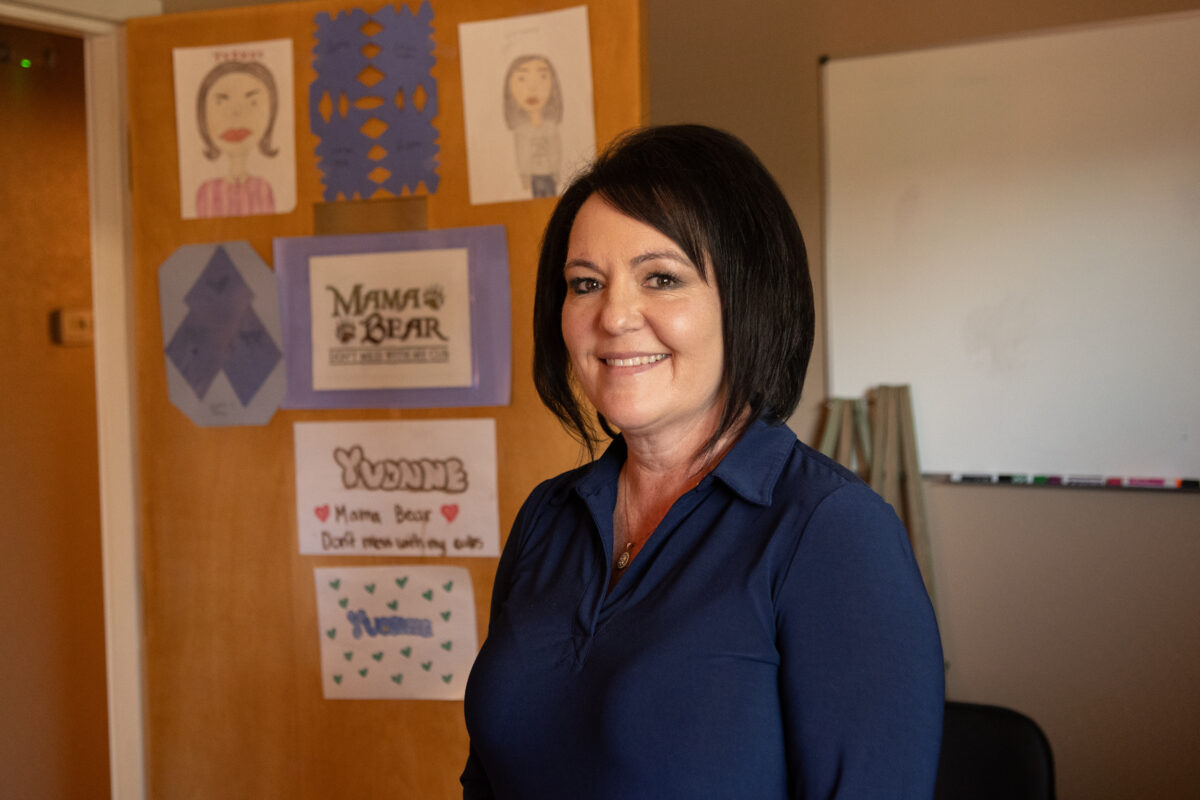
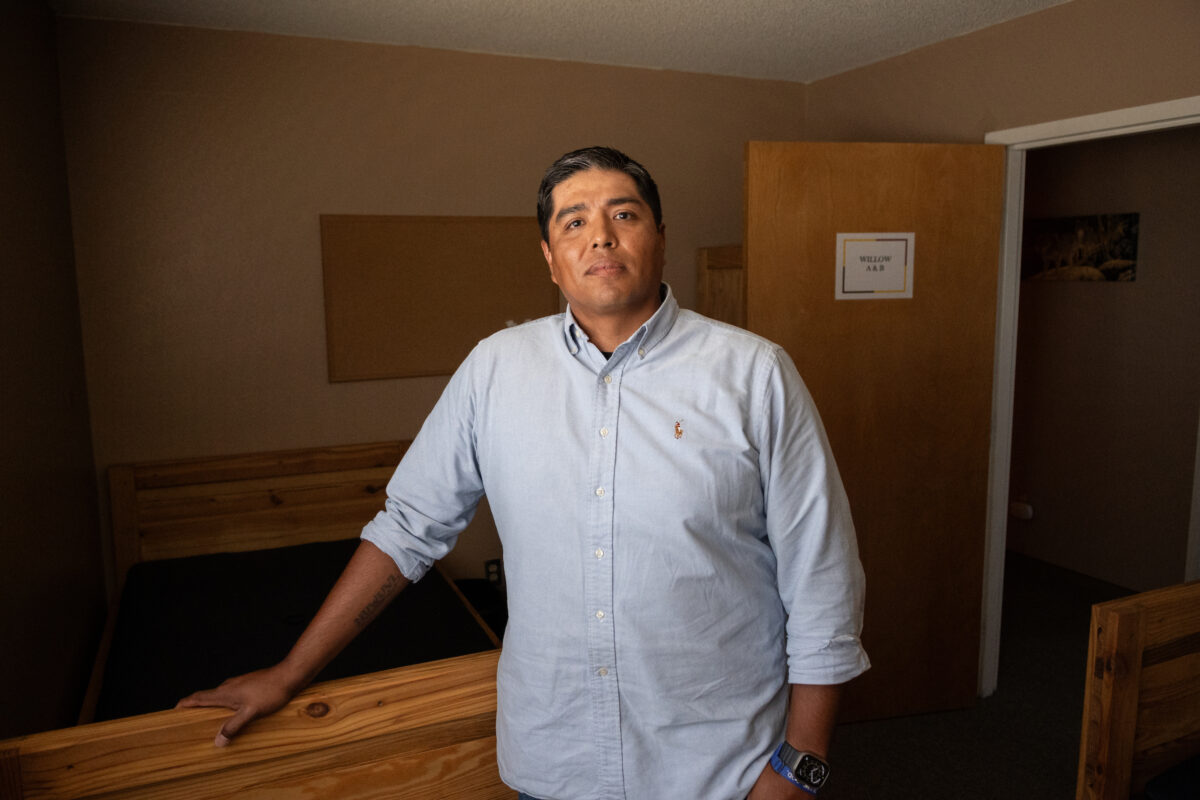
Mori and Hicks said BIA staff had assured them that once a plan was in place, funding could continue. They said everything seemed to be fine, and after a couple of inquiries in 2022 about the action plan’s status, received an award modification noting that the 2021 welfare assistant grant funding had been released to the tribe. Mori said that was the only indication to the tribe that the action plan had been accepted, and they did not receive any additional correspondence from the BIA critiquing or requesting modifications to the plan.
Mori said she didn’t know anything was wrong until the shelter’s next scheduled allocation in 2023 wasn’t deposited. When the tribe asked bureau officials for the money, Mori said she was told that the shelter would not be receiving any further funding. The tribe was out of compliance with the law, and the welfare assistance funding could only be used for room and board. Though the tribe attempted to resolve the funding issue with the BIA, Mori and Hicks said its efforts were unsuccessful.
Mori and Hicks said they couldn’t formally appeal the BIA’s decision until this year because of a technicality — the BIA’s decision was not issued in writing until March 2024 — further complicating efforts to keep the shelter open.
“We've been solely relying on BIA funding since the conception of this,” said Hicks, who has served on the tribal council since 2022. “So to have them take it away so quickly and suddenly without justification, that's the troubling part.”
Representatives from the BIA did not respond to interview requests via email or voicemails about the situation.
On June 14, the National Congress of American Indians unanimously adopted a resolution demanding full federal funding for emergency youth shelters serving Native American children and, more specifically, calling for funding of Stepping Stones.
A few days later, the tribe filed an appeal with the United States Civilian Board of Contract Appeals, challenging the BIA’s decision to withhold funding for the shelter. The board is an independent tribunal that presides over disputes involving Federal Executive branch agencies such as the BIA. The appeal is ongoing.
Other tribes in Nevada, including the Yerington Paiute Tribe, the Pyramid Lake Paiute Tribe, the Washoe Tribe of Nevada and California and the Walker River Paiute Tribe, have issued letters of support advocating for funding reinstatement.
“It's kind of making the same mistake twice,” Hicks said, referencing the removal of Native American children in the late 1800s from their communities into boarding schools as part of an effort to erase cultural ties and knowledge.
Barbara Bennett, the director of Pyramid Lake Tribal Social Services, warned that without the shelter, the tribe's social services would be without an emergency placement for children experiencing an “uncertain and frightful time.”
“[We] may find ourselves in the predicament of not having any emergency placement to take our children to,” Bennett wrote in a letter of support. “We as social workers cannot take children home with us.”
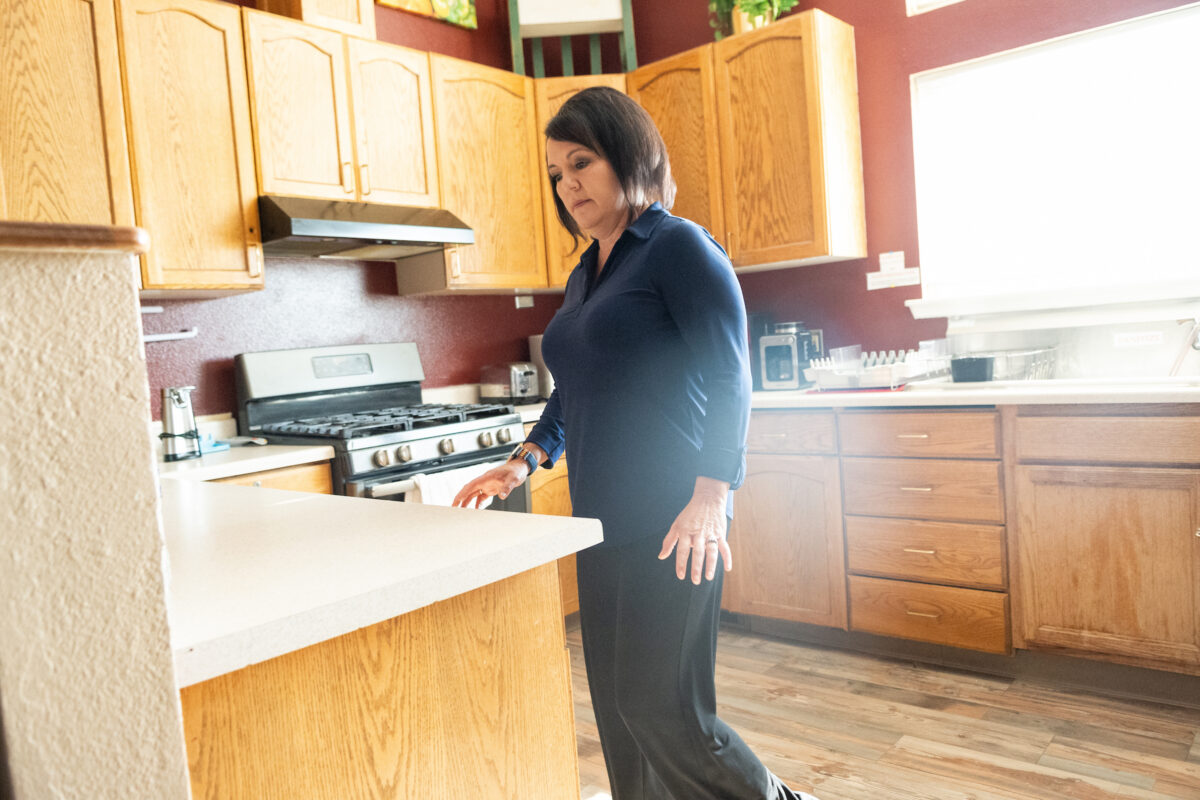
‘Looking for a lifeline’
The loss of funding comes as the BIA has seen a historic increase in its budget and following efforts from the Biden administration to ensure that tribal nations “have greater autonomy over how they invest federal funding.” In December, President Joe Biden signed an executive order lowering tribes’ barriers to access federal funding, along with other changes to increase tribal sovereignty.
The Indian Child Welfare Act and a recently implemented state law establish safeguards aimed at keeping Native American children with their families and stipulating that if a child has to be removed from their immediate family, they are placed under the care of an extended family member.
If staying with family isn't an option, the law holds that every effort must be taken to ensure the child is placed with a family of the same tribe. Advocates say it’s essential for Native American children to remain connected to their culture and community.
Native American children who end up in a living situation off of a reservation can get in trouble for cultural differences such as not holding eye contact or having long hair. Holding eye contact is considered rude in Native American culture.
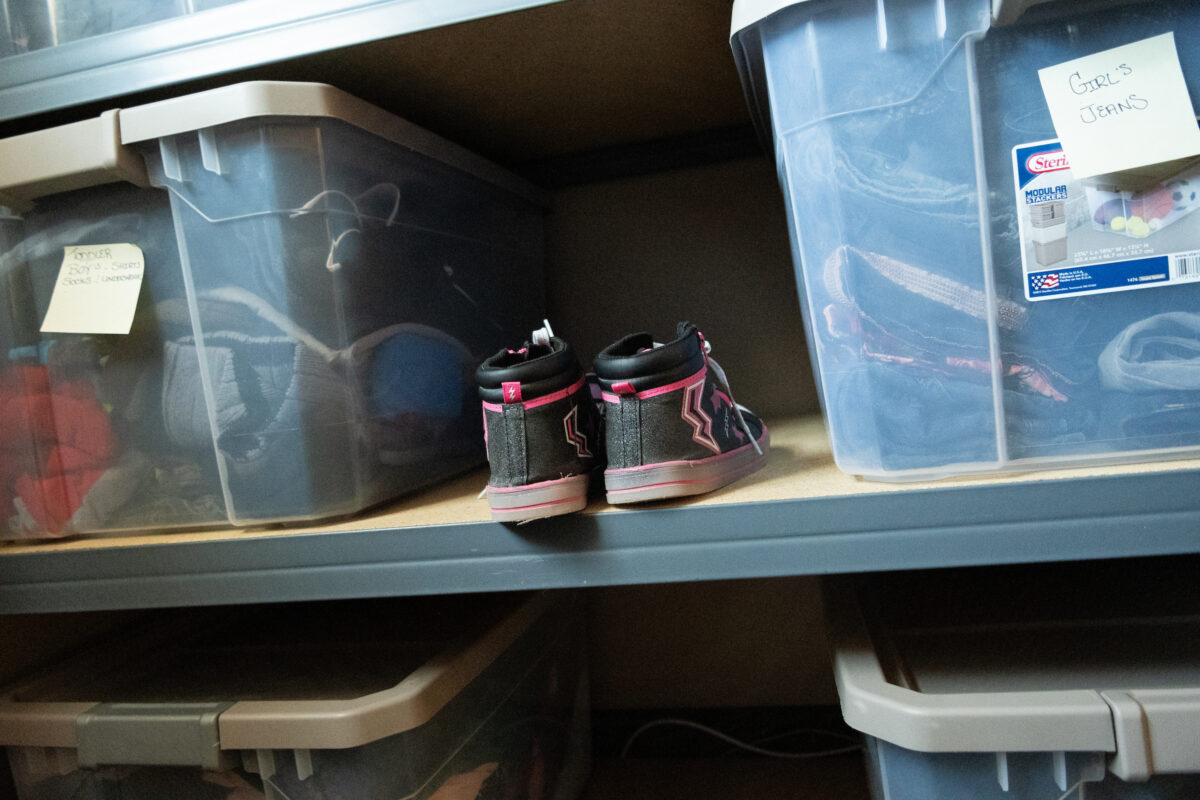
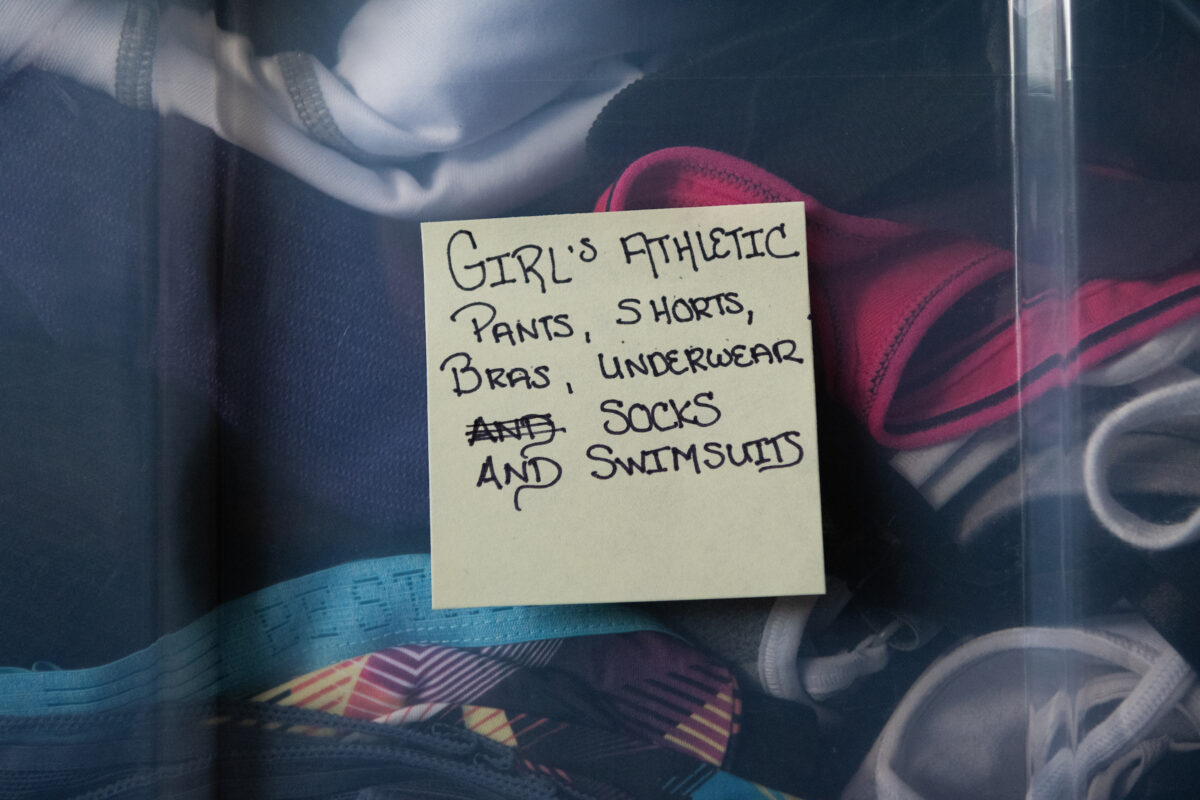
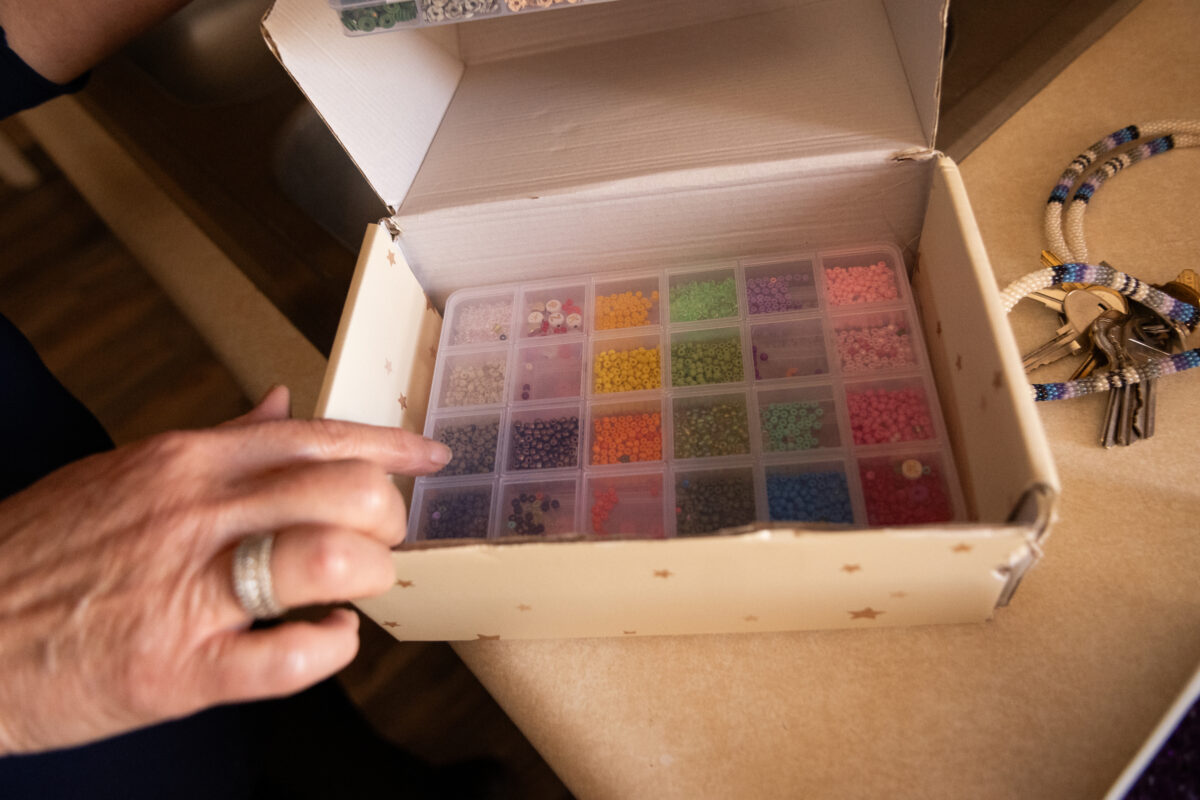
Without the shelter, the Tribe would have had absolutely nowhere to place our native children to keep them safe from further abuse and/or neglect,” Stacy Stahl, the director of social services for the Washoe Tribe of Nevada and California, wrote in a letter of support for reinstating the funding.
Tribal leadership and staff at Stepping Stones said they have also reached out to Sen. Catherine Cortez Masto (D-NV), Sen. Jacky Rosen (D-NV), and Rep. Mark Amodei (R-NV).
In statements to The Nevada Independent, the senators said they were “deeply concerned” about the BIA withholding funding from the shelter.
“I’ll keep working with Senator Cortez Masto to get answers about this, and ensure this critical shelter has the federal support it needs,” Rosen said.
Amodei’s office did not respond to a request from The Nevada Independent.
While the tribe waits to hear back, Hicks said it’s seeking other funding alternatives, even weighing what it would mean to open the shelter to non-tribal youth.
“We're looking for a lifeline right now just to keep the shelter open,” he said. “We're in the process of trying to find funding elsewhere, but we need that lifeline to keep it open for the next 12 months. These kids need it.”
